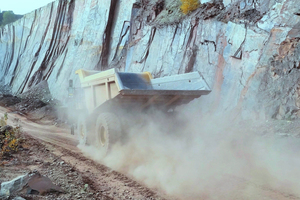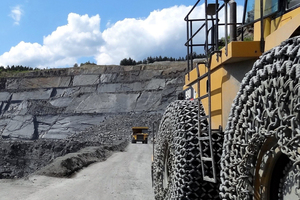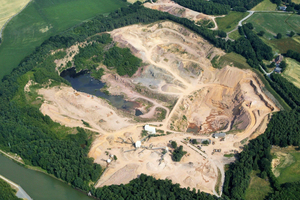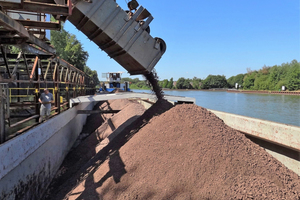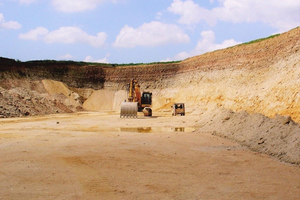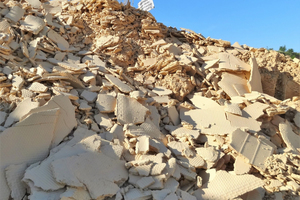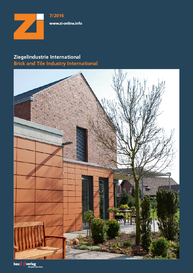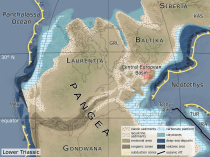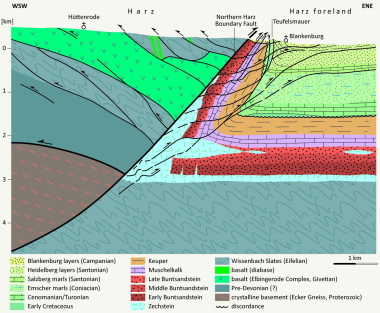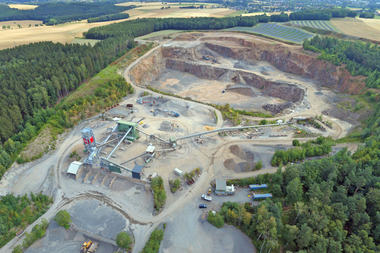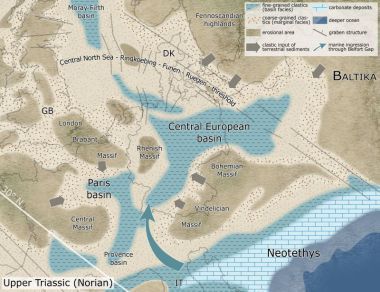Current clay potential in Germany | Part 3: Raw materials from the Carboniferous and Permian systems
Brick and tile producers in northwestern Germany have always viewed consolidated argillaceous rock from the Carboniferous as a major raw-material base. Large raw material potentials are located in the area of the Ibbenbüren Carboniferous fault block, the Rhenish Slate Mountains and the Thuringian-Franconian-Vogtlandian Slate Mountains. The clay raw materials dating from Rotliegend and Zechstein are of regional importance for the brick and tile industry. This contribution offers information on the respective geneses, stratographic sequences and properties.
1 Global geological history and tectonics
The Carboniferous, also known as the Coal Formation, is the fifth system of the Palaeozoic Era. It began roughly 358.9 million years ago and lasted until about 298.9 years ago. The lower boundary is characterized by an intensive emergence of flora. The upper boundary of the Carboniferous lacks a significant lithostratigraphic reversal. Carboniferous and Permian are therefore referred to as the Carbo-Permian, or Upper Palaeozoic.
In plate-tectonic terms, the Carboniferous is characterized by a progressive coalescence of all land masses to form the...

![»1 Reconstruction of global plate-tectonic developments between the Carboniferous and the Triassic, from: [1]](https://www.zi-online.info/imgs/tok_520dd2d0d17718916f94693949d81b63/w300_h200_x400_y198_101492956_ececd17682.jpg)
![»2 Cross-sectional plots describing the mid-European segment of the Variscides between the Lower Carboniferous and the Rotliegend, from: [1]](https://www.zi-online.info/imgs/tok_7f9b5664d74840eda65fc3847951611d/w300_h200_x400_y420_101492929_ee37c0a76a.jpg)
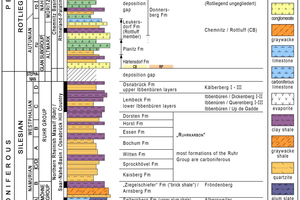
![»4 Model of the palaeogeographic situation at the time of the Lower Carboniferous, from: [1]](https://www.zi-online.info/imgs/tok_e9b247317e9ec8825683bd19ad521d7b/w300_h200_x400_y308_101492952_6849cbd7b6.jpg)
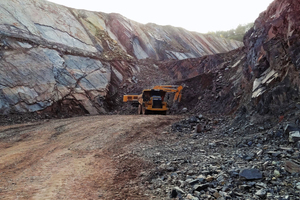
![»6 Model of the palaeogeographic situation at the time of the Upper Carboniferous, from: [1]](https://www.zi-online.info/imgs/tok_0ce79002c4a05900747e12eeddc139f2/w300_h200_x400_y308_101492942_a2bee8173b.jpg)
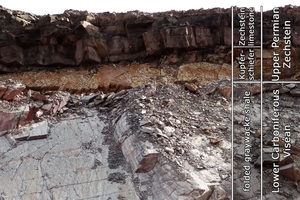
![»8 Model of the palaeogeographic situation at the time of the Zechstein subdivision, from: [1]](https://www.zi-online.info/imgs/tok_e0e7d9f79d29e6a86d0a3a89839302ff/w300_h200_x388_y479_101492933_405e4e6399.jpg)
